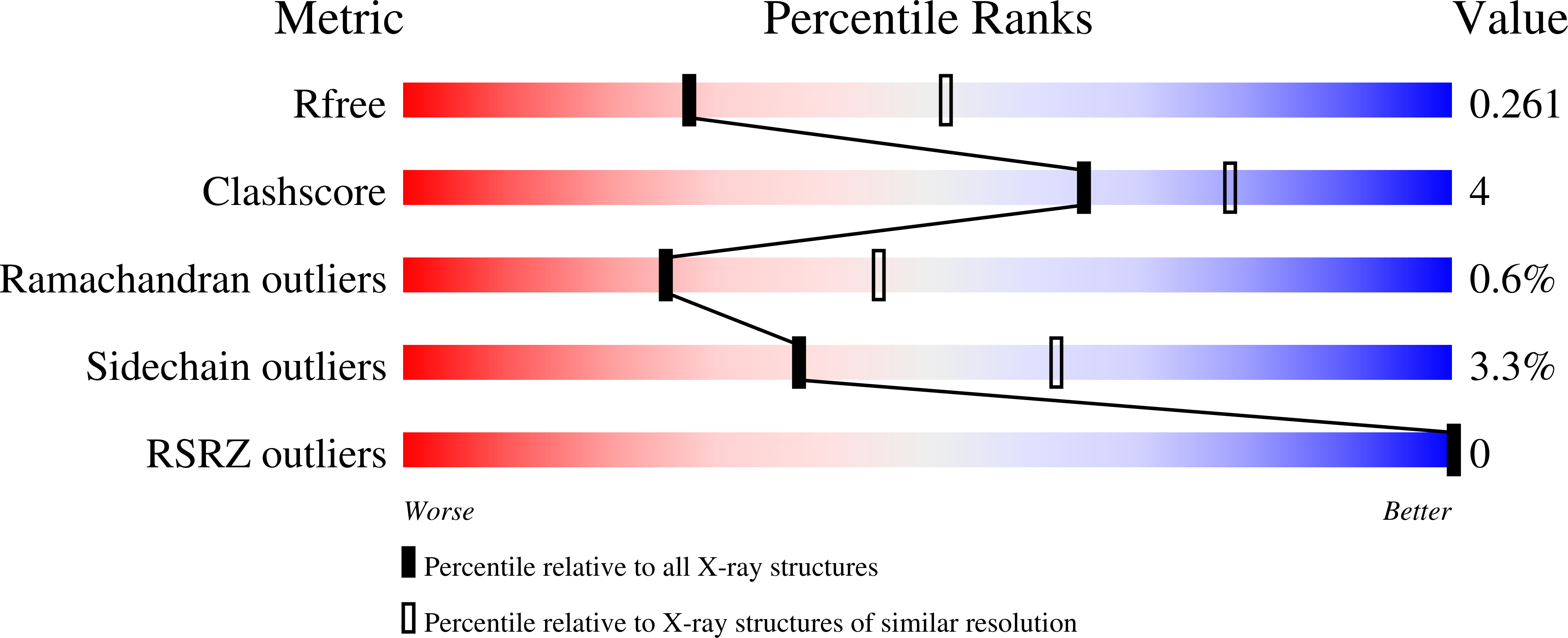
Deposition Date
2007-09-06
Release Date
2007-12-18
Last Version Date
2024-02-21
Entry Detail
PDB ID:
2R6T
Keywords:
Title:
Structure of a R132K variant PduO-type ATP:co(I)rrinoid adenosyltransferase from Lactobacillus reuteri complexed with ATP
Biological Source:
Source Organism:
Lactobacillus reuteri (Taxon ID: 1598)
Host Organism:
Method Details:
Experimental Method:
Resolution:
2.61 Å
R-Value Free:
0.25
R-Value Work:
0.18
R-Value Observed:
0.19
Space Group:
P 63


